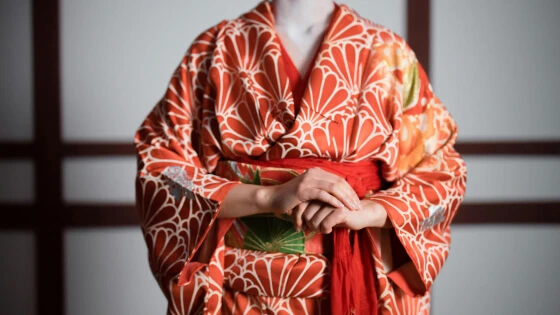
Acid dyes, a type of synthetic dye, are ideal for dyeing protein-based fibers like wool, silk, and nylon. Their solubility in acidic solutions gives them their name.
Manufactured by Colour House, these dyes form strong bonds with protein fibers, resulting in vibrant, long-lasting colors. Their efficiency and speed make them popular in the textile industry.
Acid dyes offer versatility, enabling the creation of a wide spectrum of colors, from bold to subtle. Their resistance to fading makes them perfect for products exposed to sunlight or other environmental factors.
Color House offers a variety of Acid Dyes to meet diverse textile needs:
1. Acid Milling Dyes:
2. Mordant Acid Dyes:
3. Triphenylmethane Dyes:
4. Pre-Metallized Acid Dyes:
1:1 Metal Complex Dyes:
1:2 Metal Complex Dyes:
Uses of Acid Dyes
Acid dyes are particularly well-suited for dyeing protein-based fibers like wool and silk, producing bright, intense colors. They are also widely used in the carpet industry to create vibrant, colorfast carpets.
Acid dyes can be applied to textiles through various methods, including immersion, padding, and printing.
Non-Textile Applications of Acid Dyes
Beyond textiles, acid dyes find applications in:

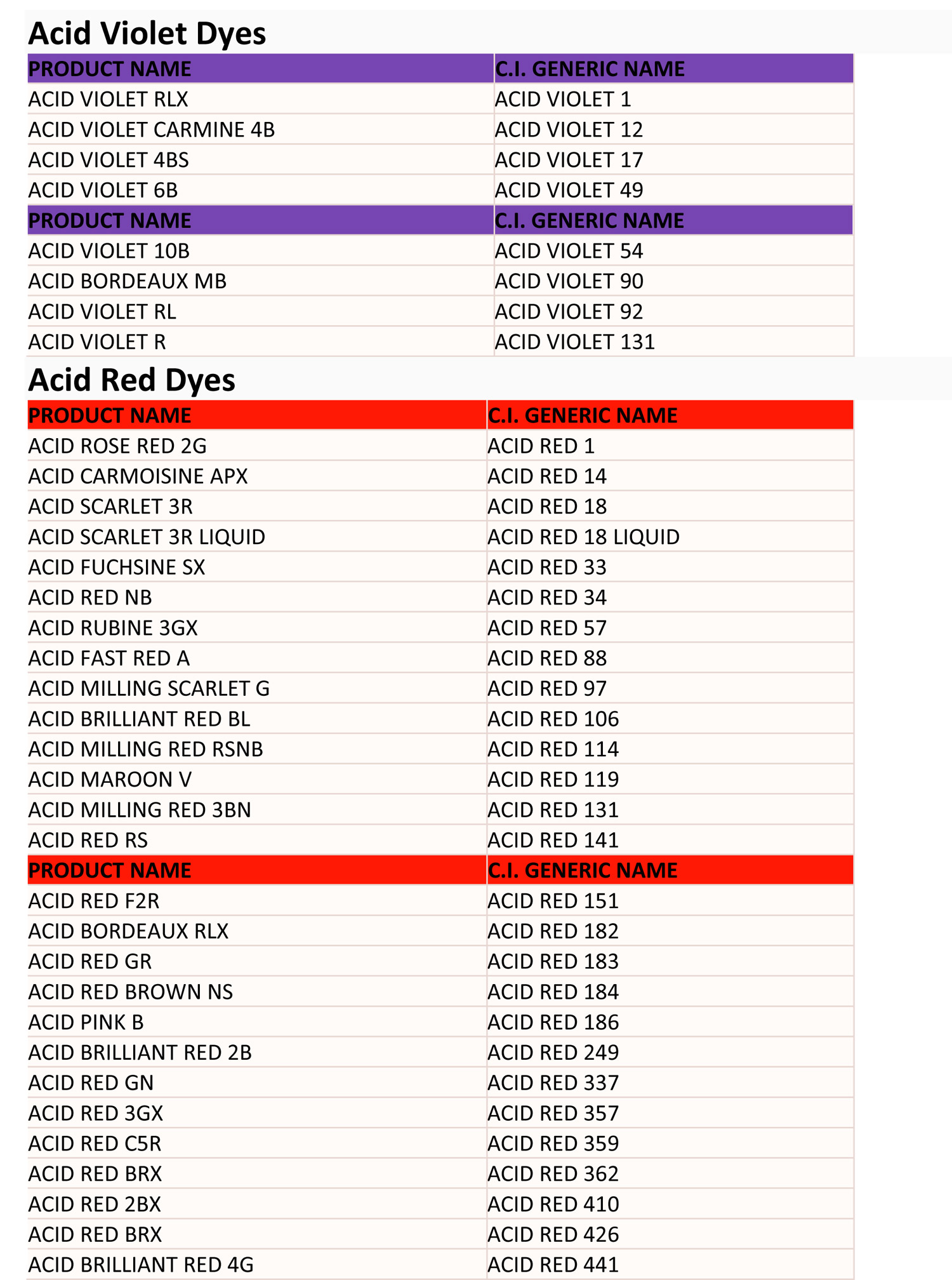
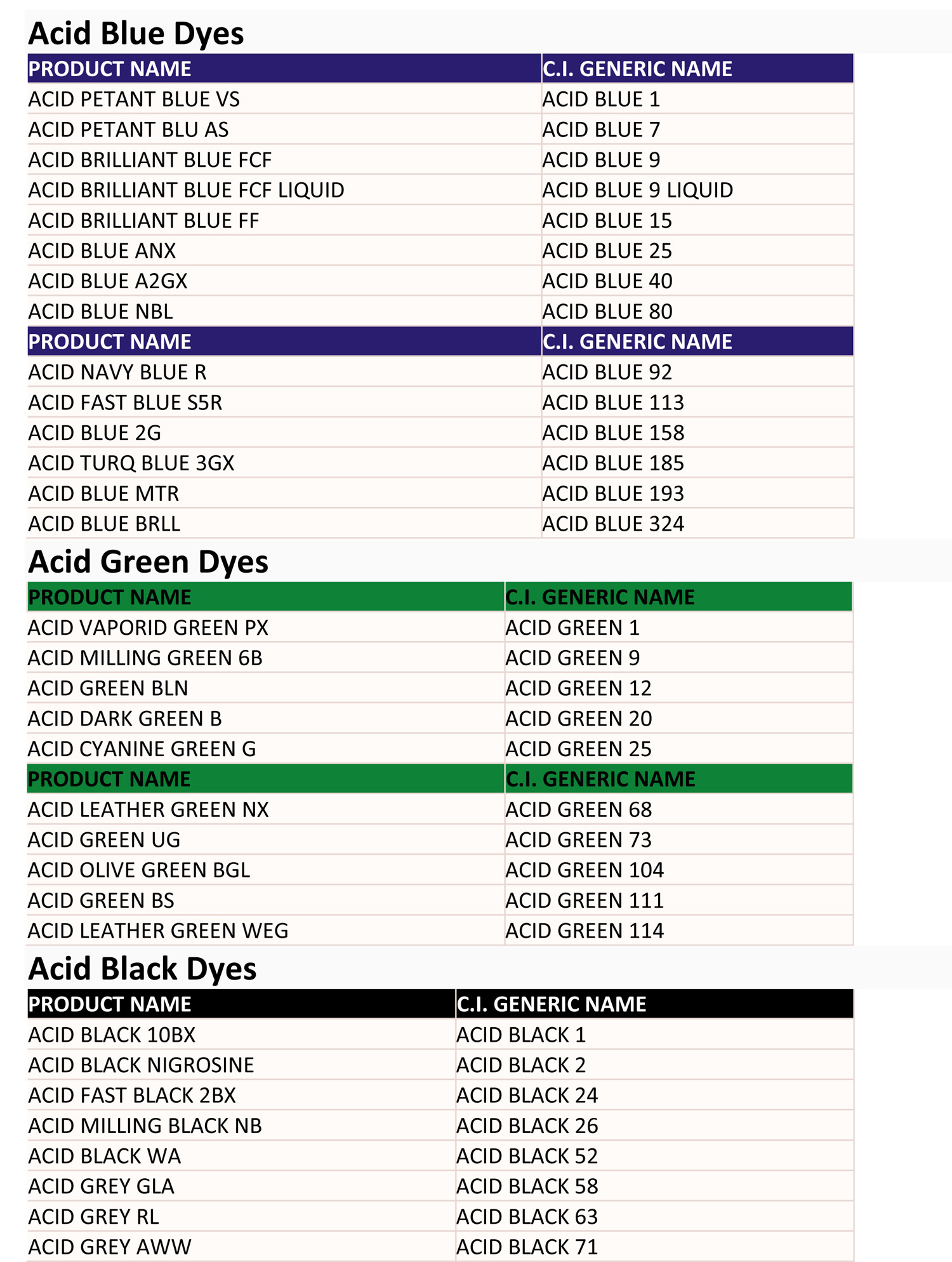
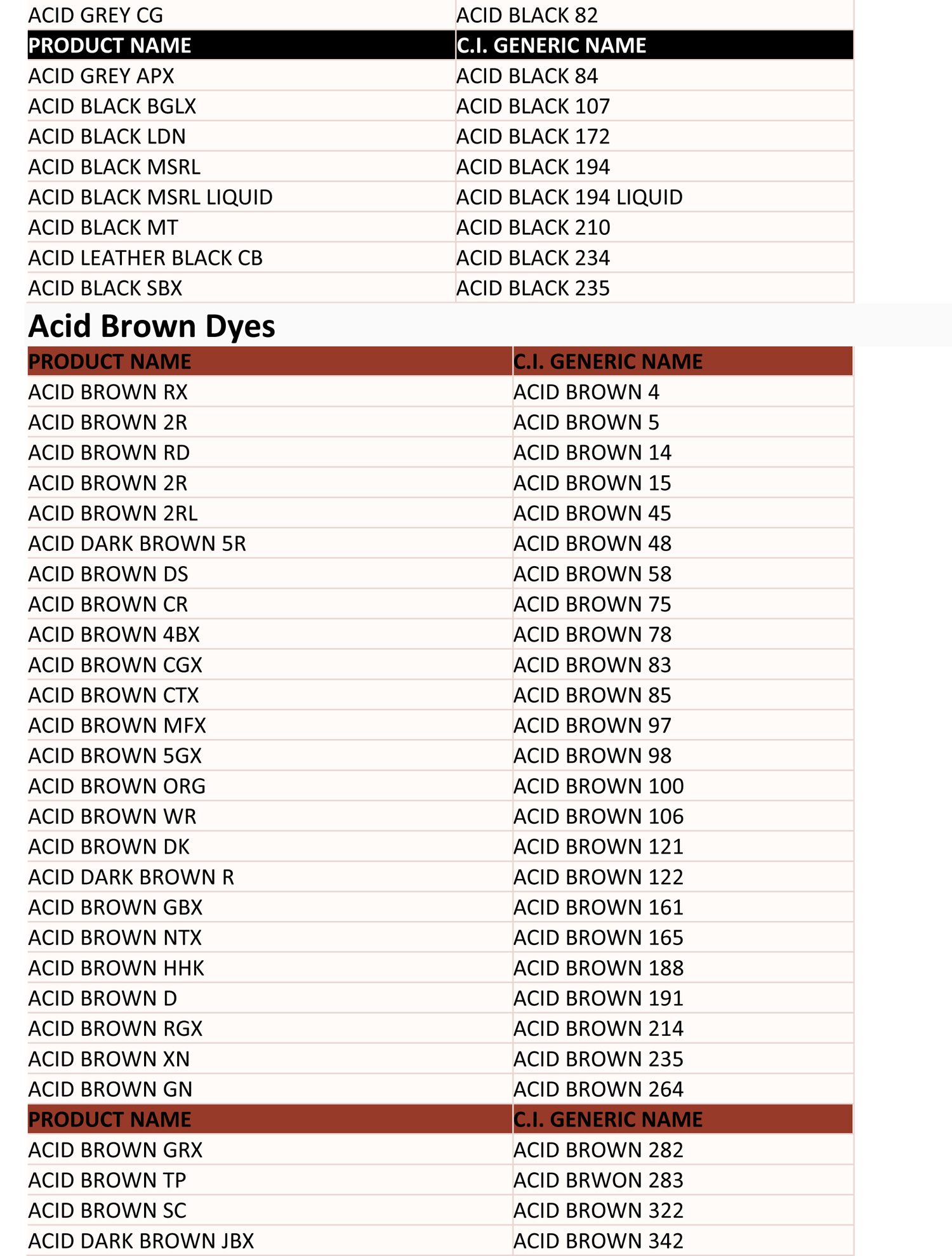


Basic dyes are water-soluble dyes that produce brilliant, often fluorescent colors. While they may lack the best lightfastness properties, their vibrant hues make them a popular choice for applications where brightness is paramount.
Color House offers a range of basic dyes in both powder and liquid forms, making them easy to use in various applications. These dyes are commonly used to color:
To ensure optimal solubility, basic dyes are often pasted with acetic acid and water before being added to the dye bath. Acetic acid is also commonly added to the dye bath itself to enhance solubility.
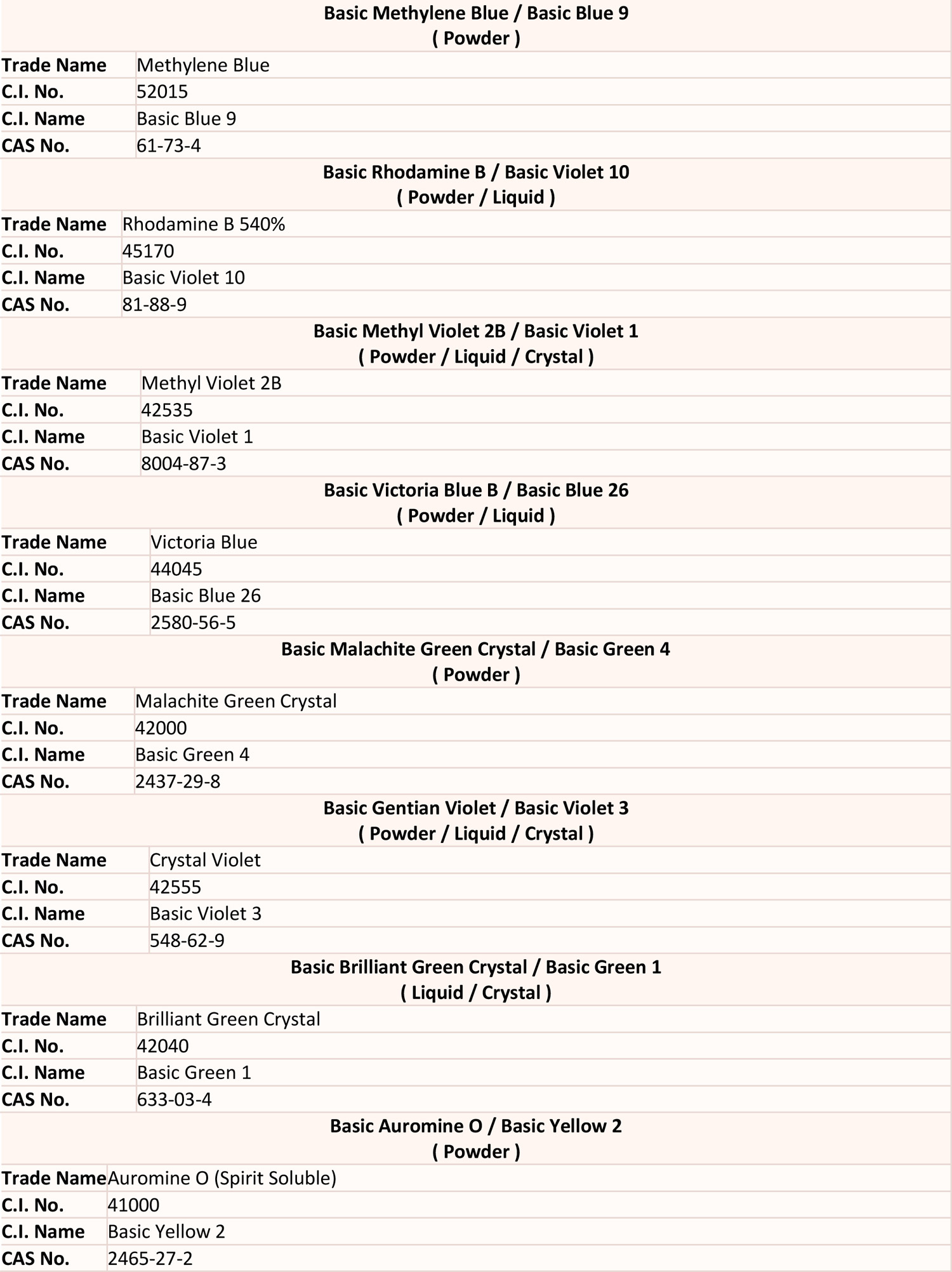
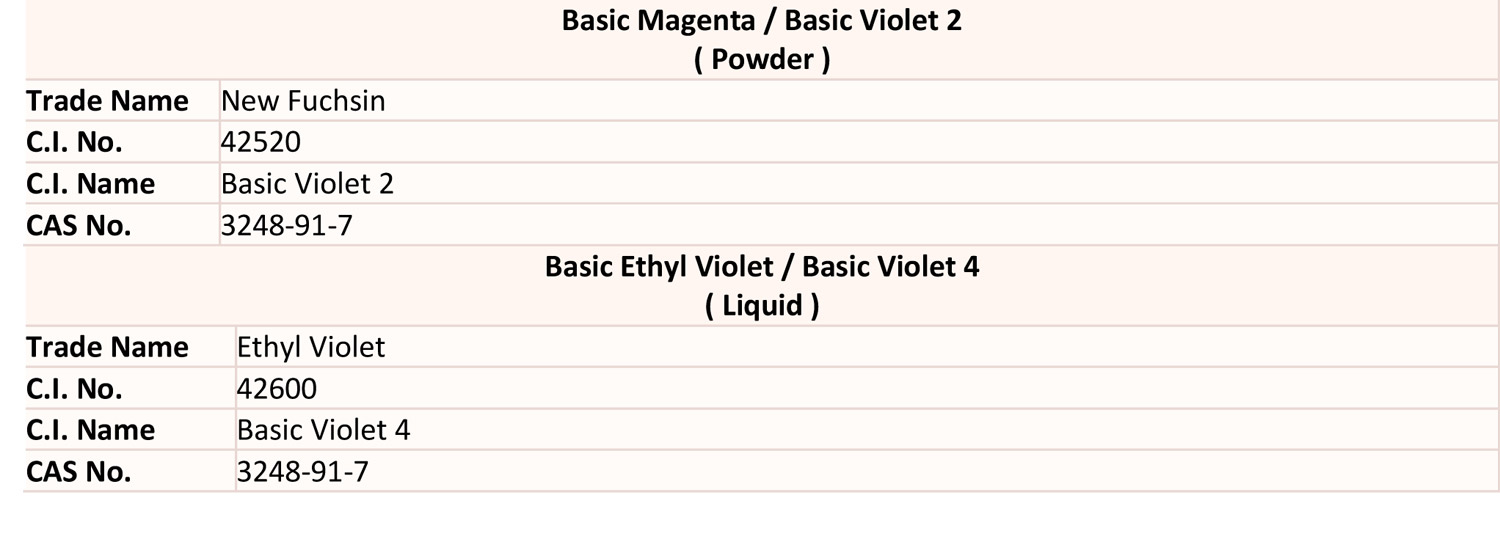

Color House offers a wide range of salt-free anionic and cationic liquid dyes, ideal for paper and tissue applications. Available in both liquid and powder forms, our direct dyes provide flexibility and convenience.
Quality and Performance:
Our direct dyes are designed to deliver:
With a vast array of colors, Color House empowers you to meet the demands of the competitive paper market and deliver exceptional quality to your customers.
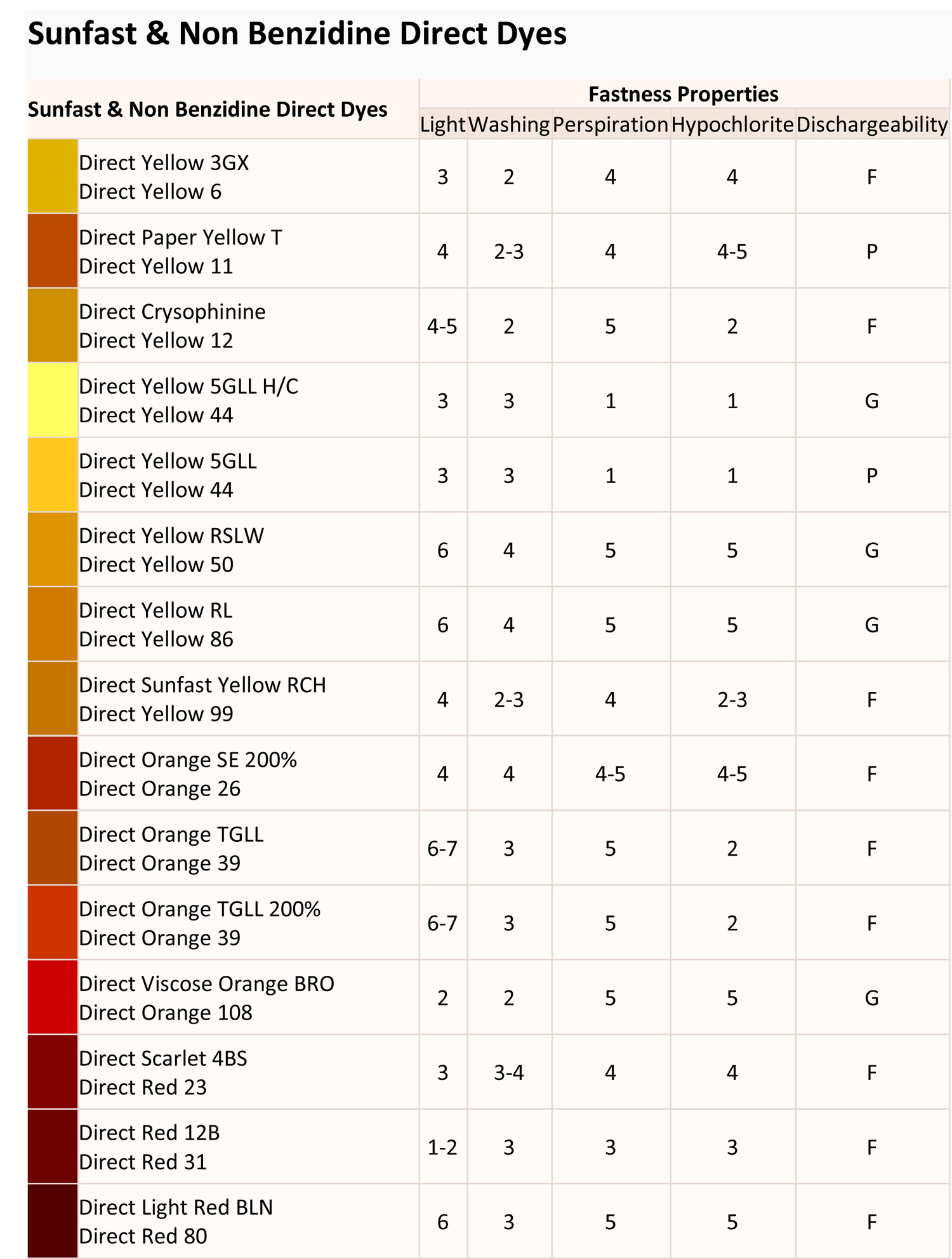


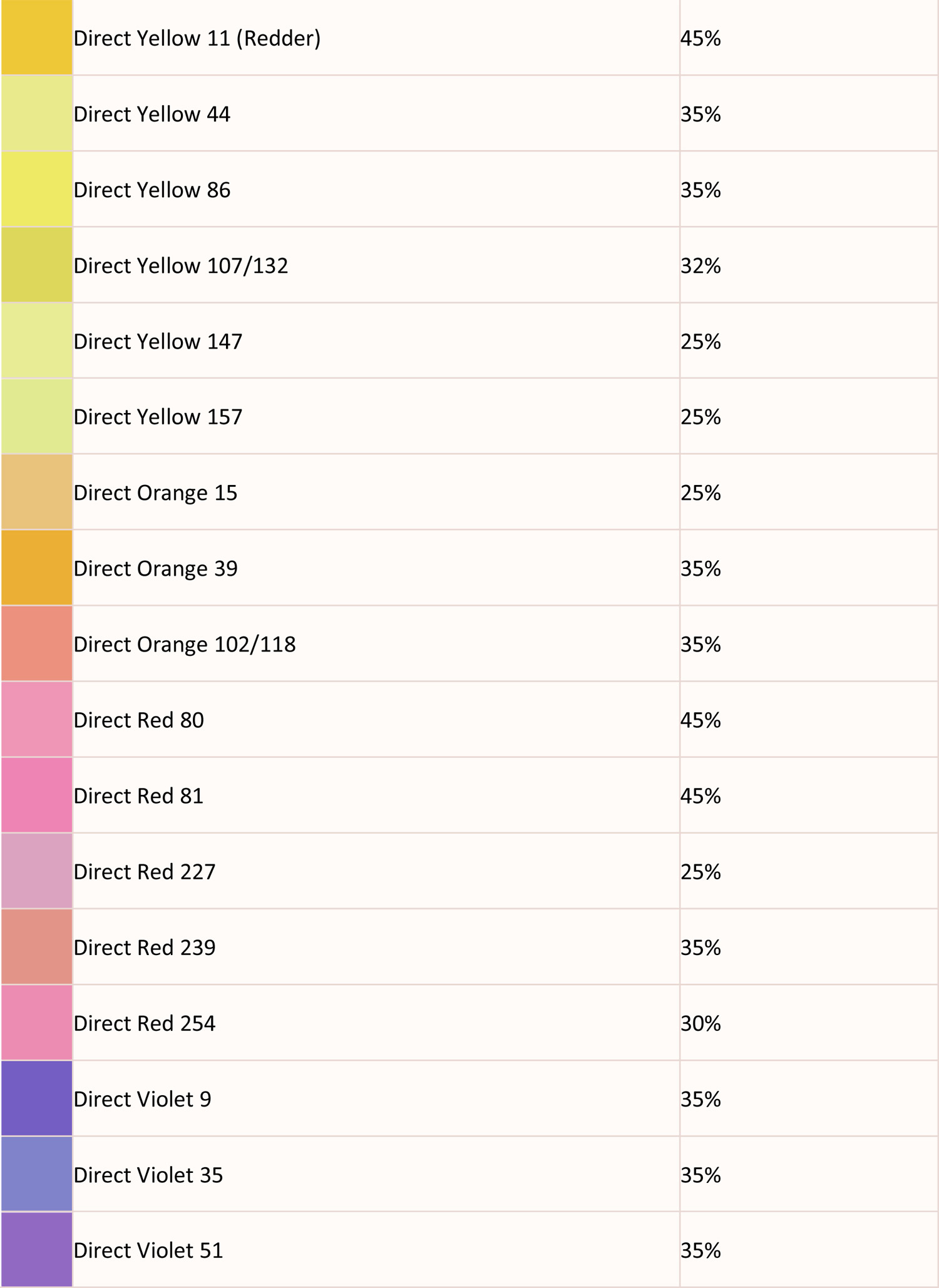
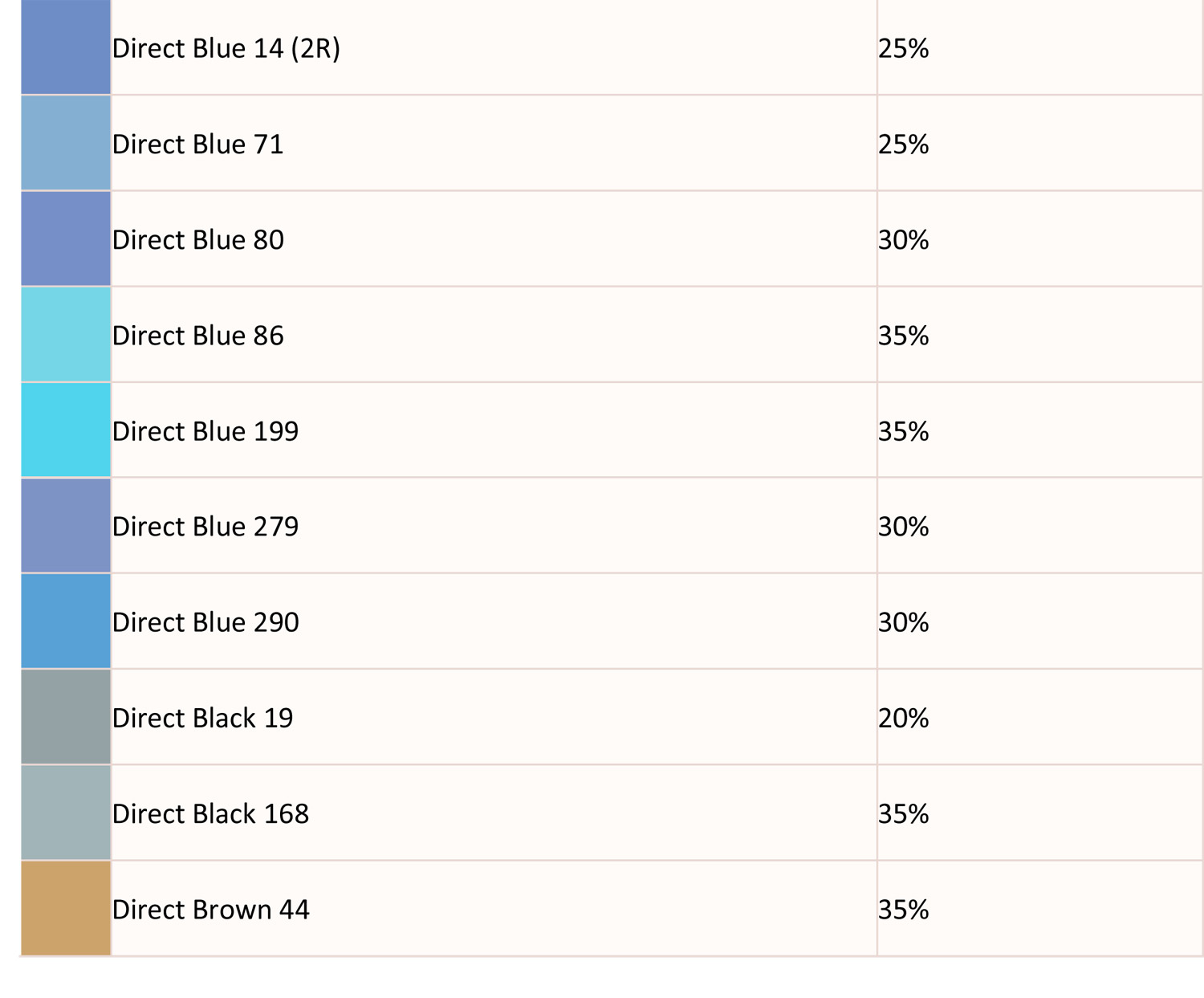

Reactive dyes are a popular choice for dyeing cellulosic fibers like cotton and rayon. These dyes form a strong, covalent bond with the cellulose fibers, resulting in vibrant, long-lasting colors.
Key Features of Reactive Dyes:
Reactive dyes offer versatility in application methods, including:
With their wide range of applications and excellent performance, reactive dyes are a preferred choice for textile manufacturers.
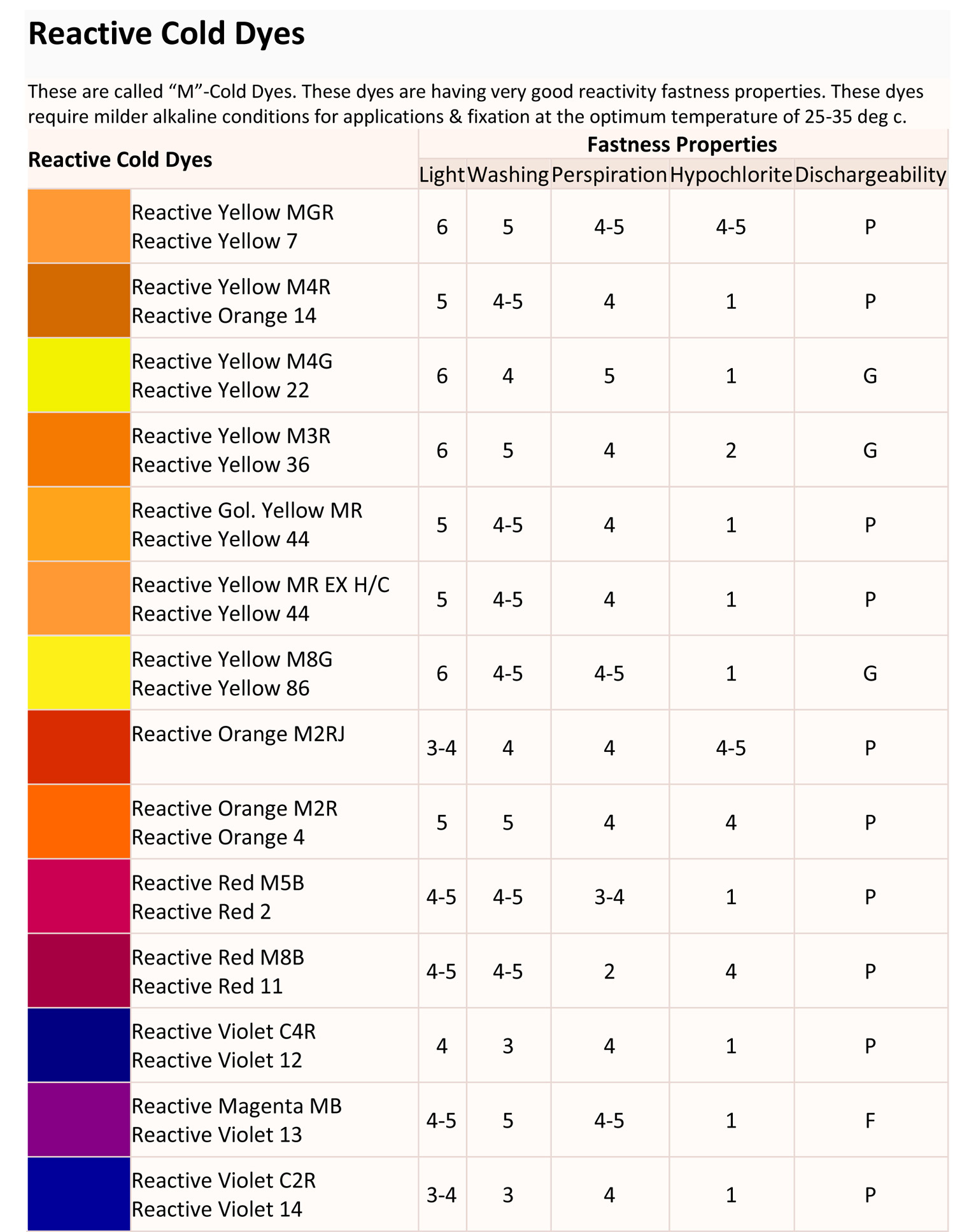
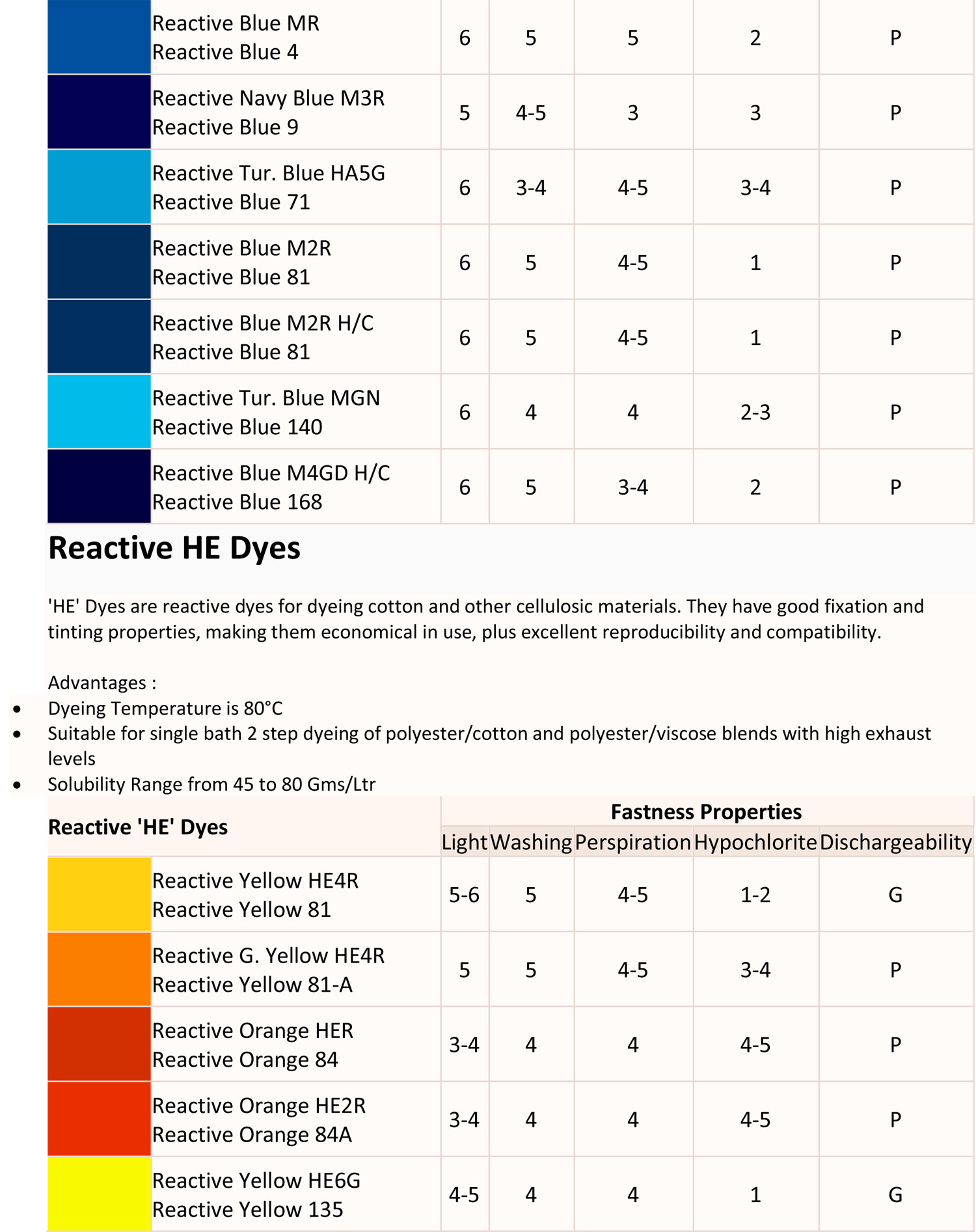

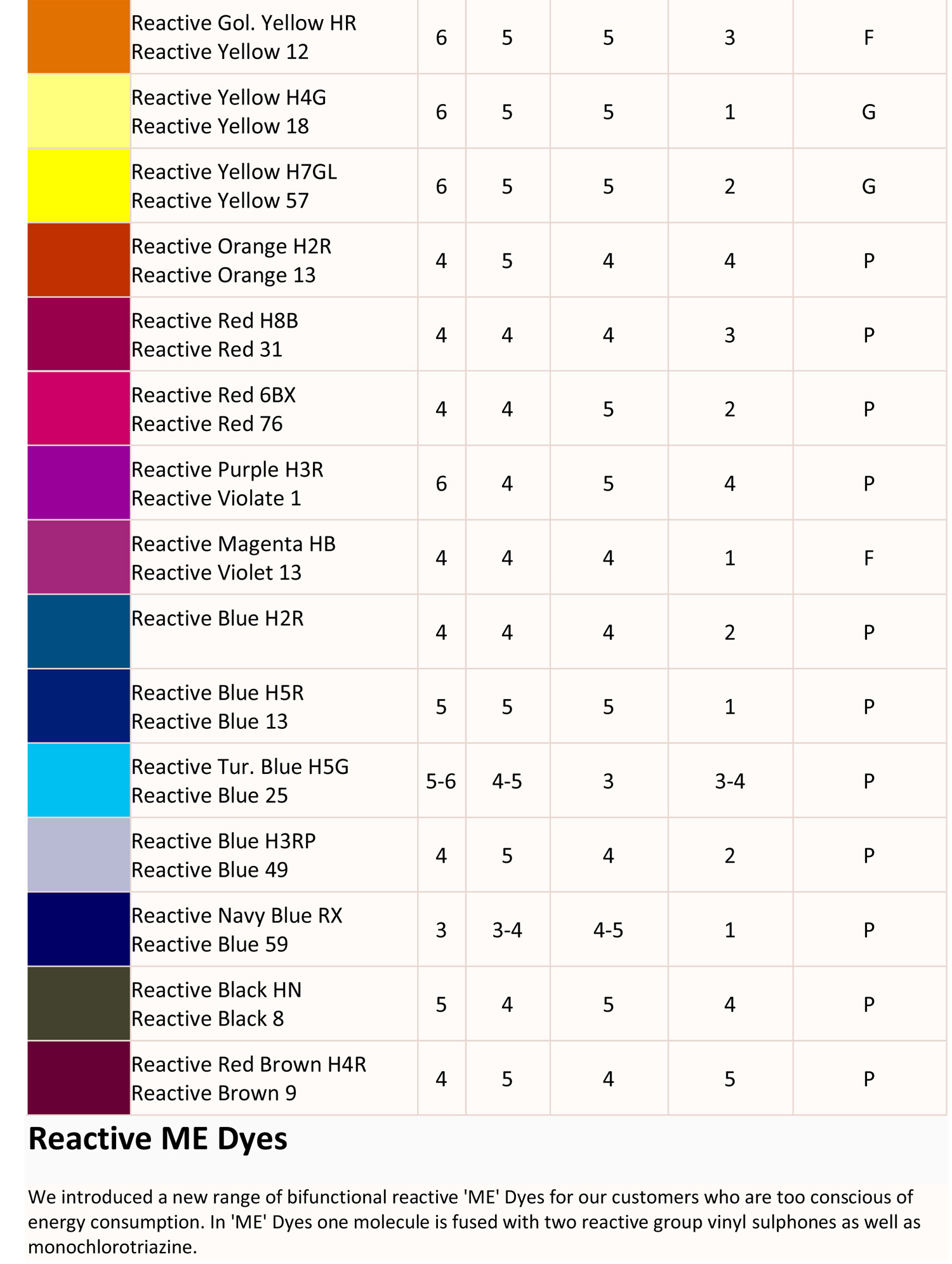
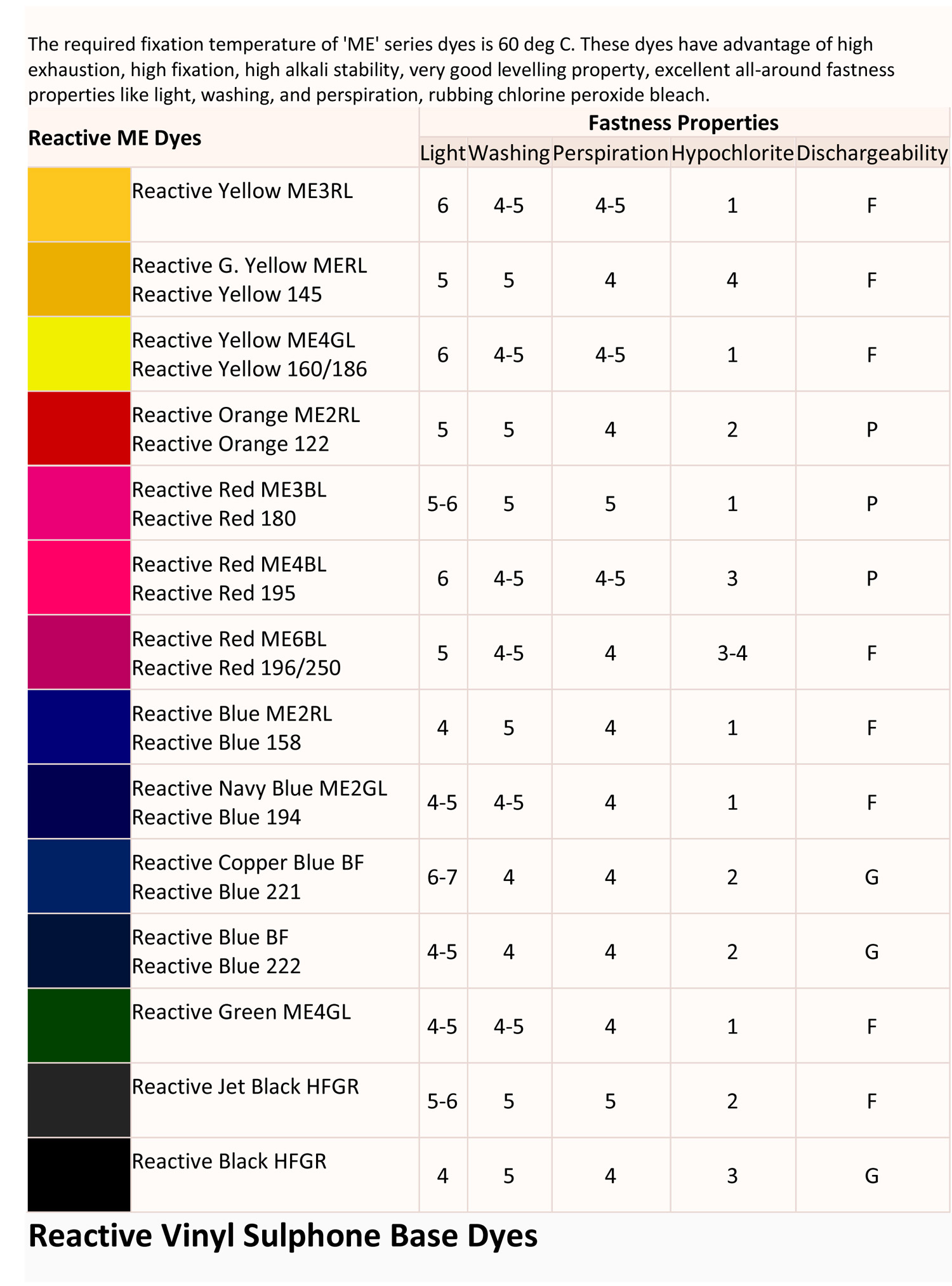
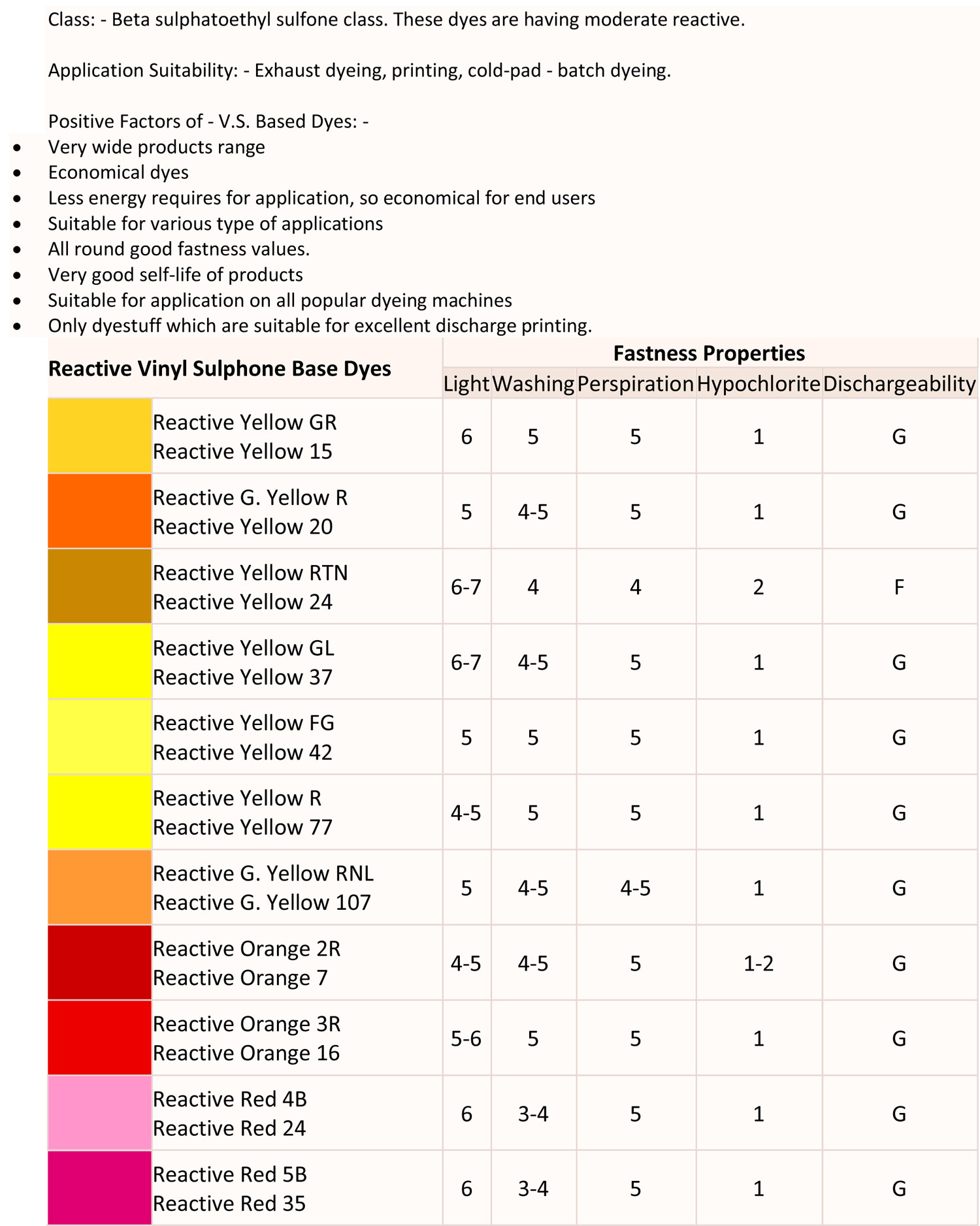
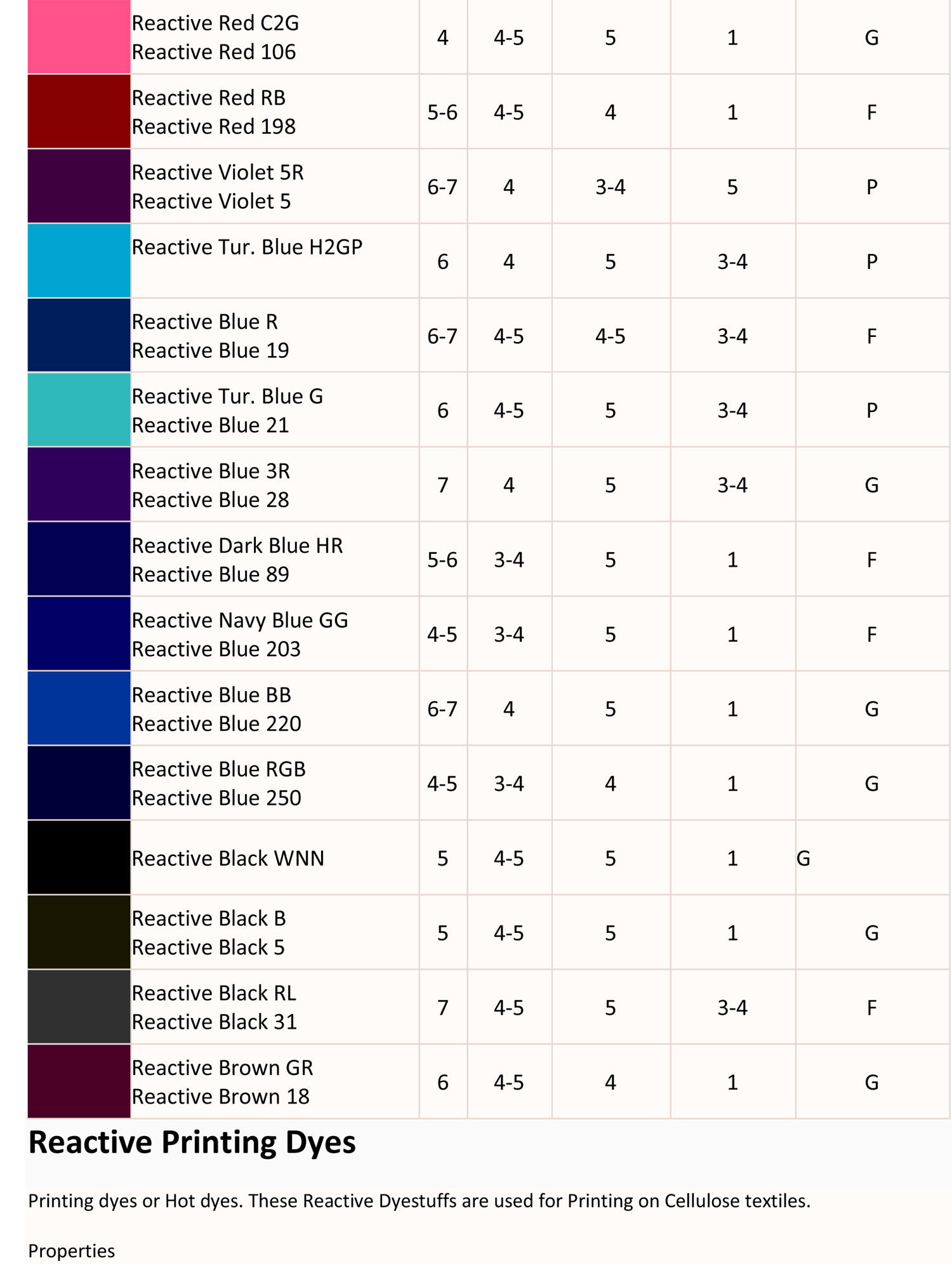
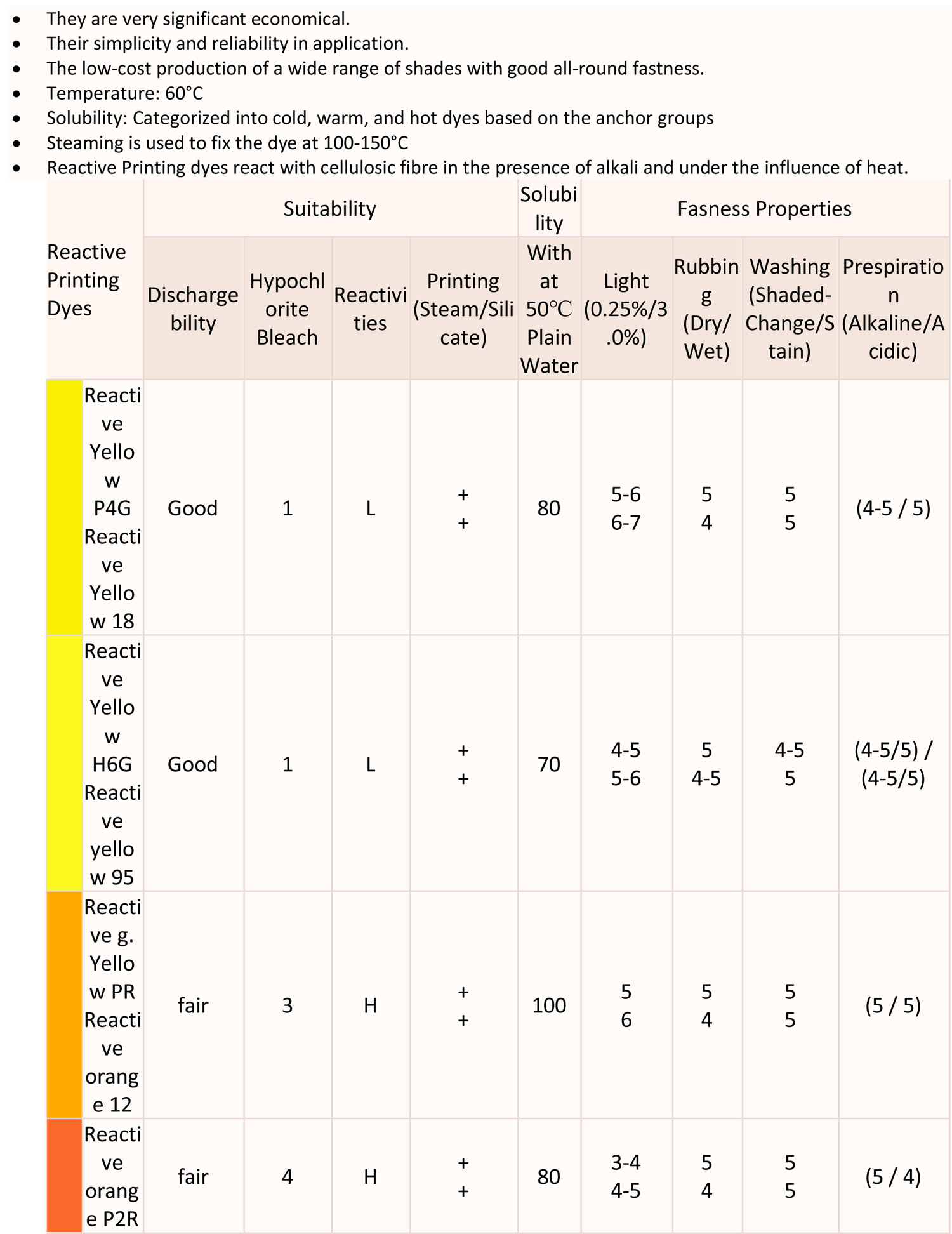

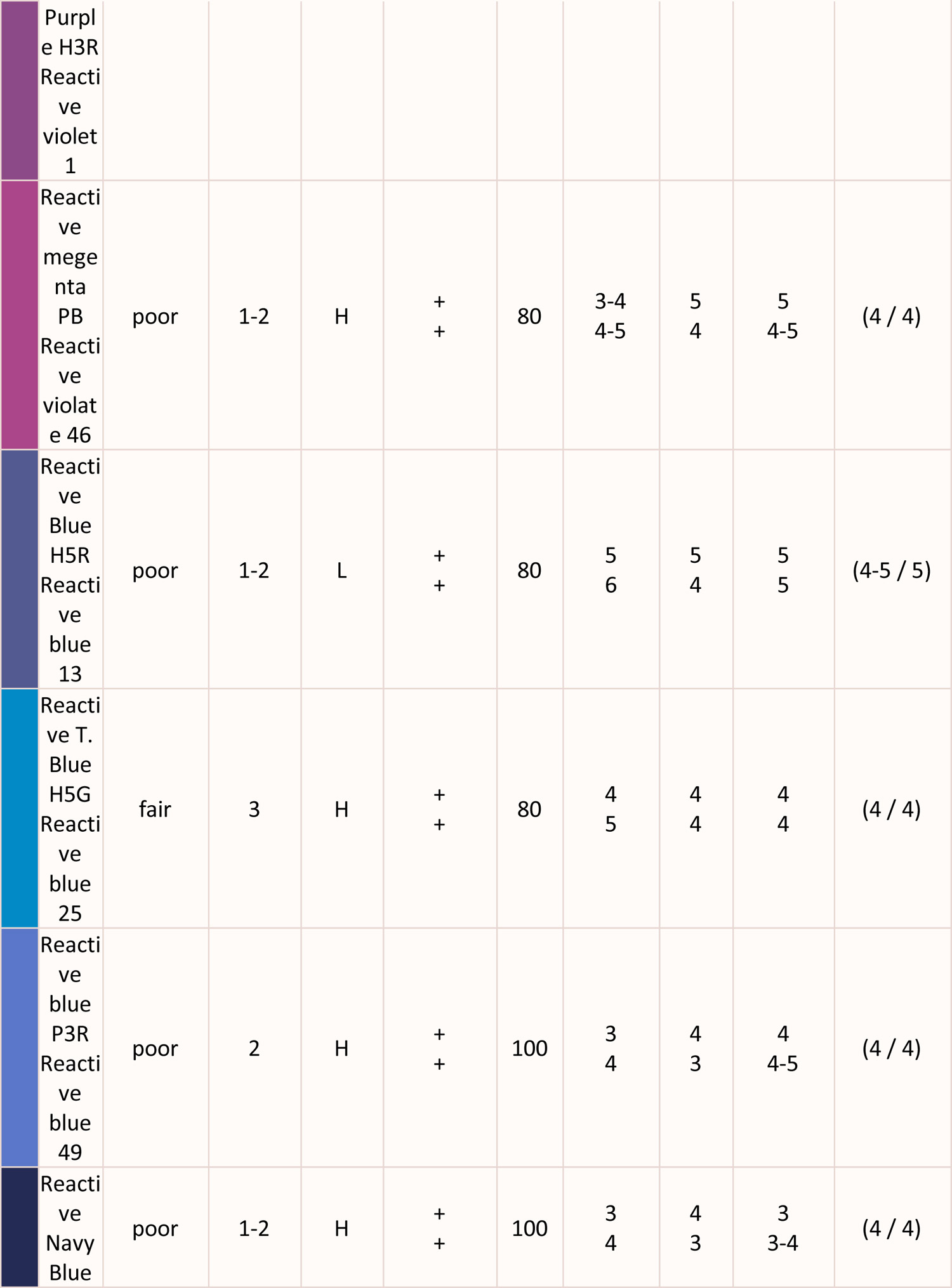
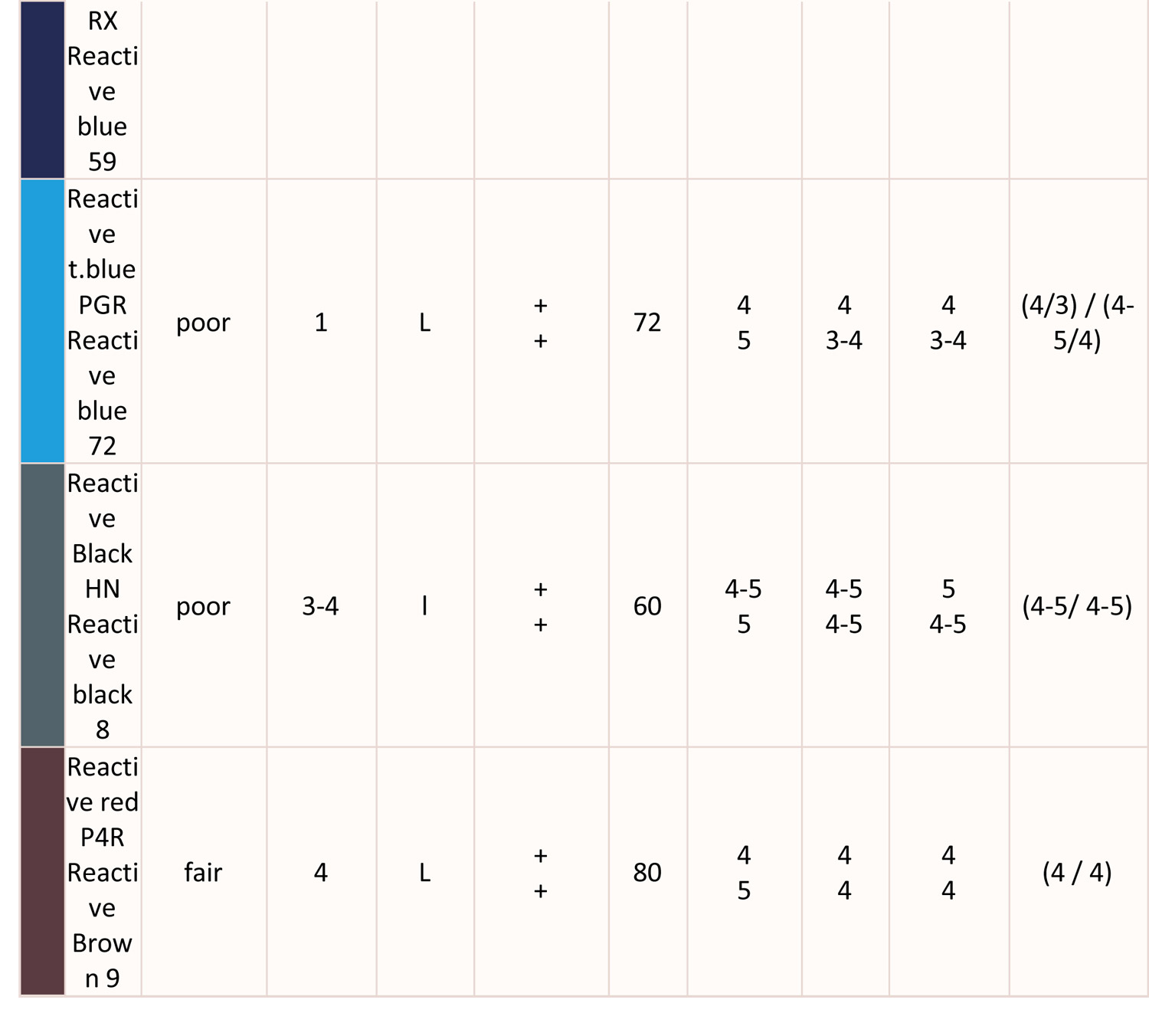

Color House offers a wide range of high-quality pigment pastes and emulsions, designed for various industries including textiles, paints, and inks. Our pigment pastes and emulsions are formulated to provide:
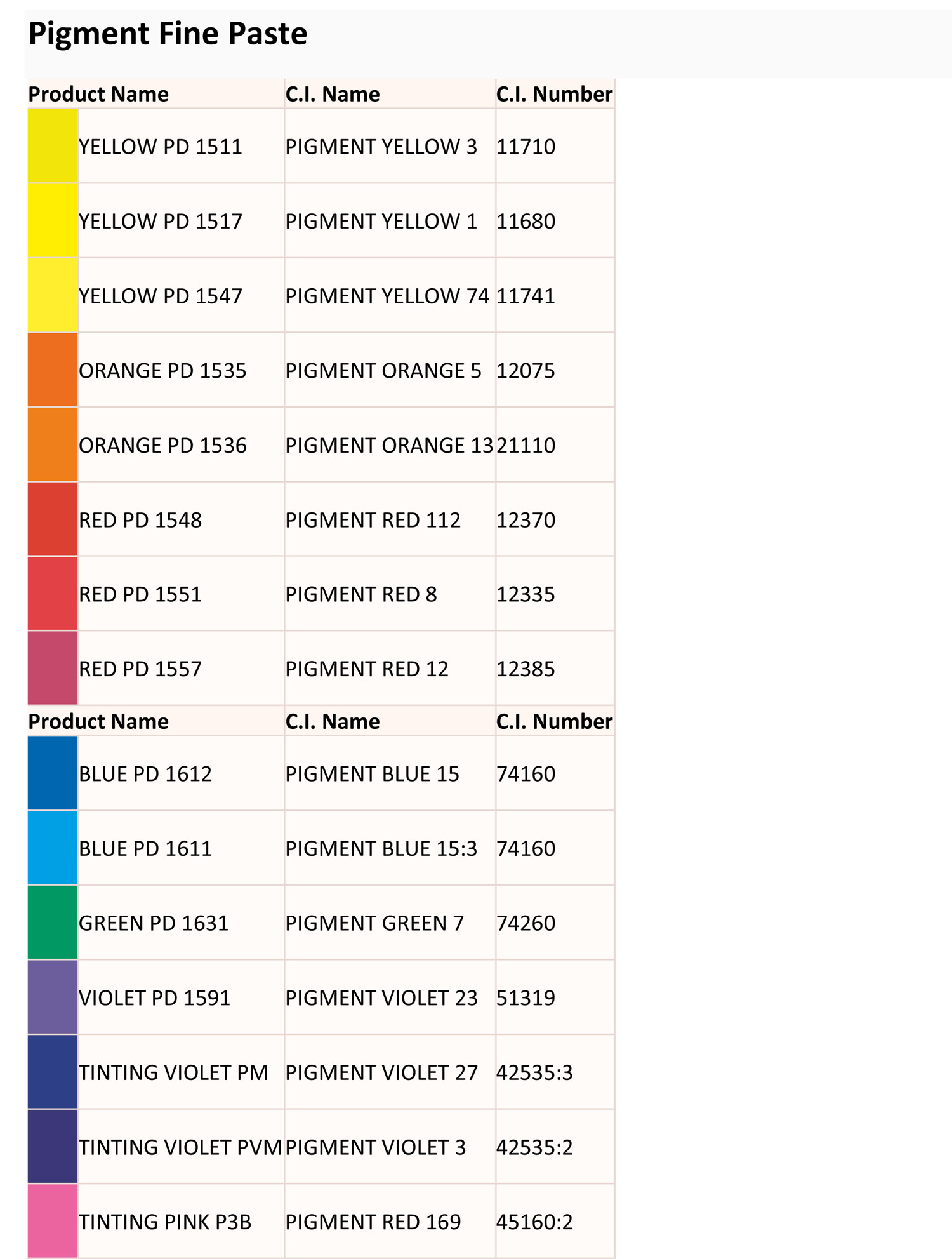
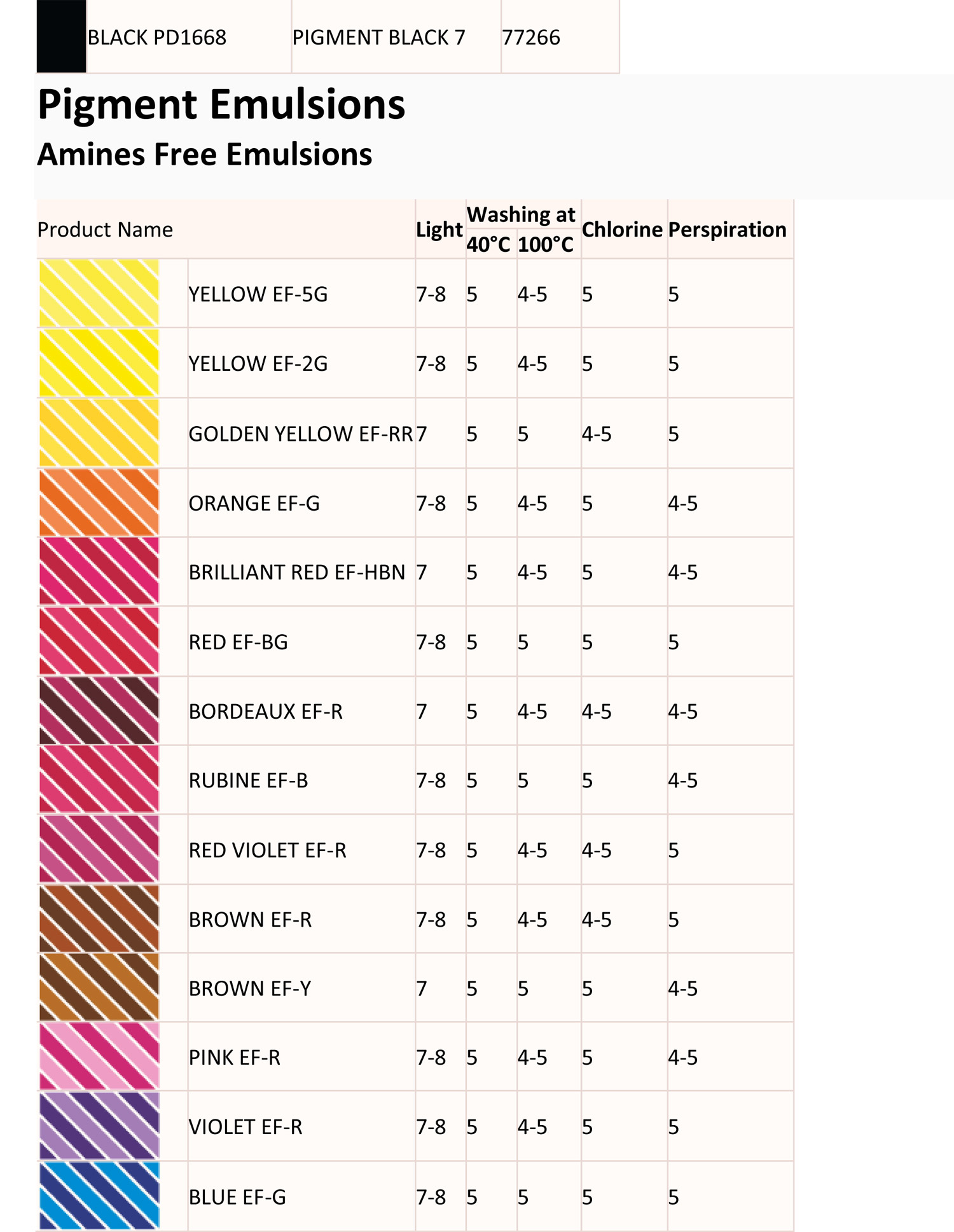
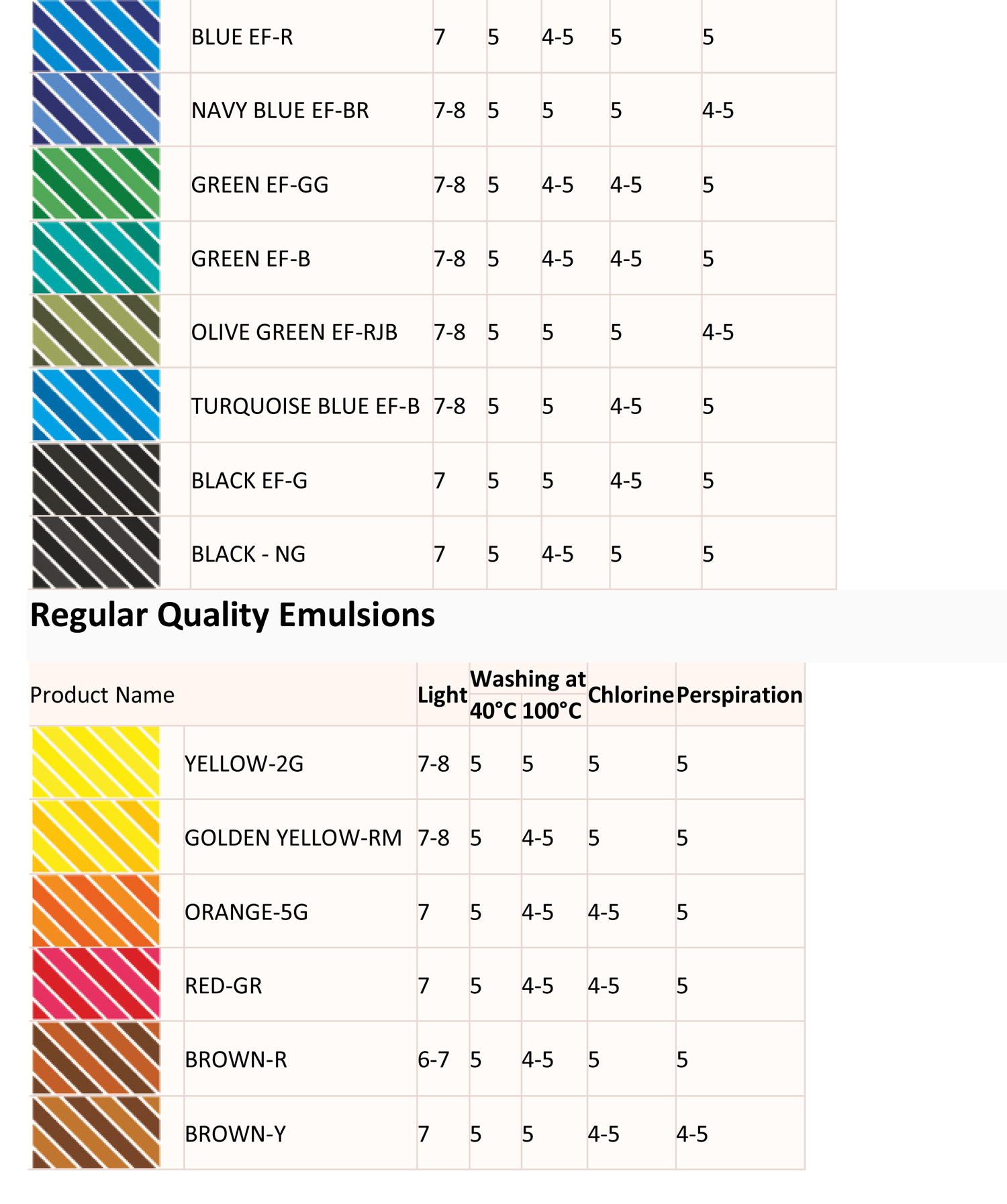

Color House is a leading manufacturer and supplier of pigment powders, offering a wide range of colors and hues. Our pigment powders are inert colorants that lack binding properties, making them versatile for various applications.
Our Pigment Powder Range
We offer a comprehensive range of organic pigment powders, including:
These pigments are non-toxic and safe for both human health and the environment. Our rigorous quality control processes, backed by advanced laboratory equipment, ensure that our products meet the highest standards of quality and performance.
Applications of Pigment Powders
Our pigment powders are used in a variety of applications, including:
With Color House pigment powders, you can bring your creative vision to life and achieve stunning color results.
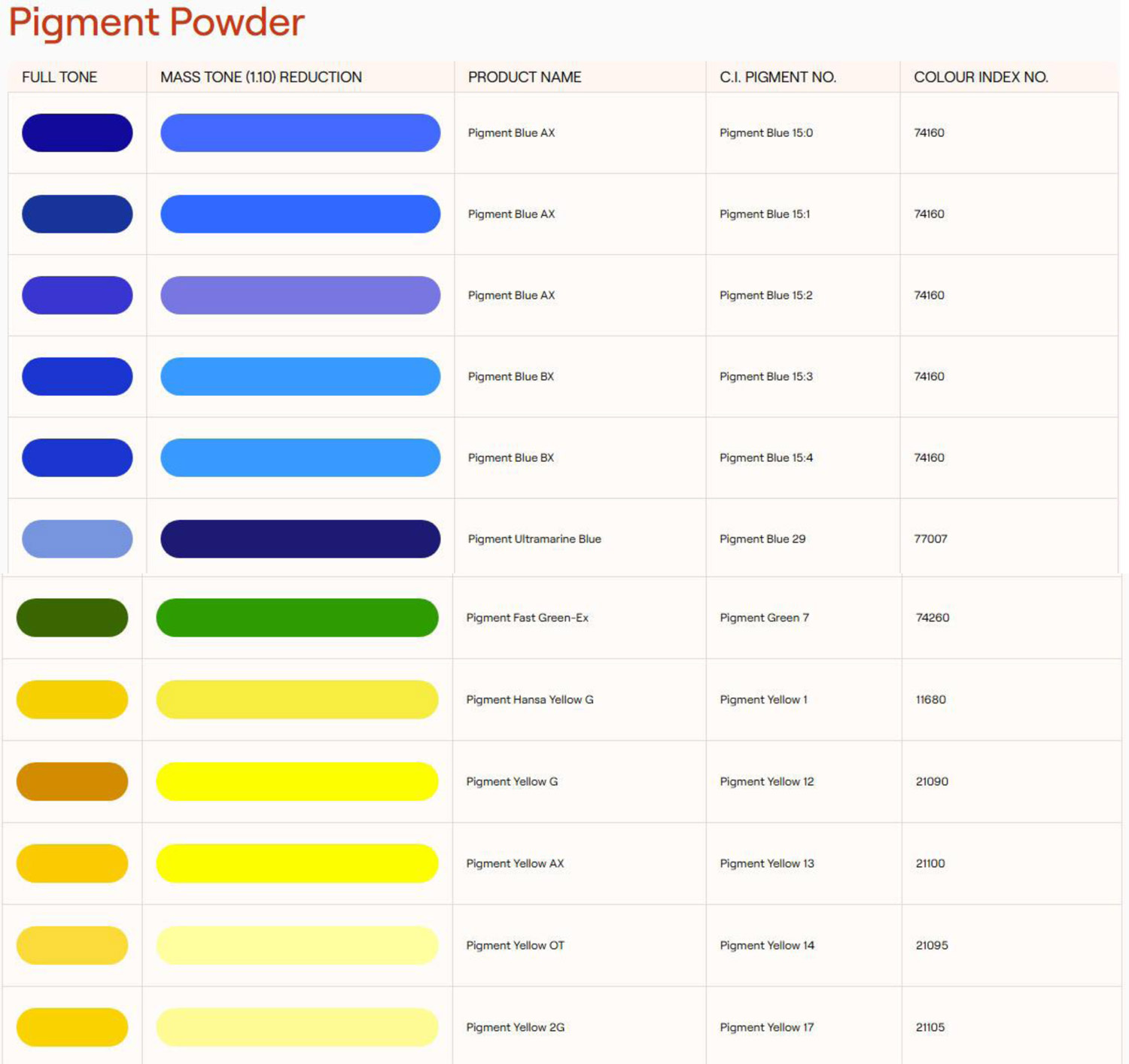
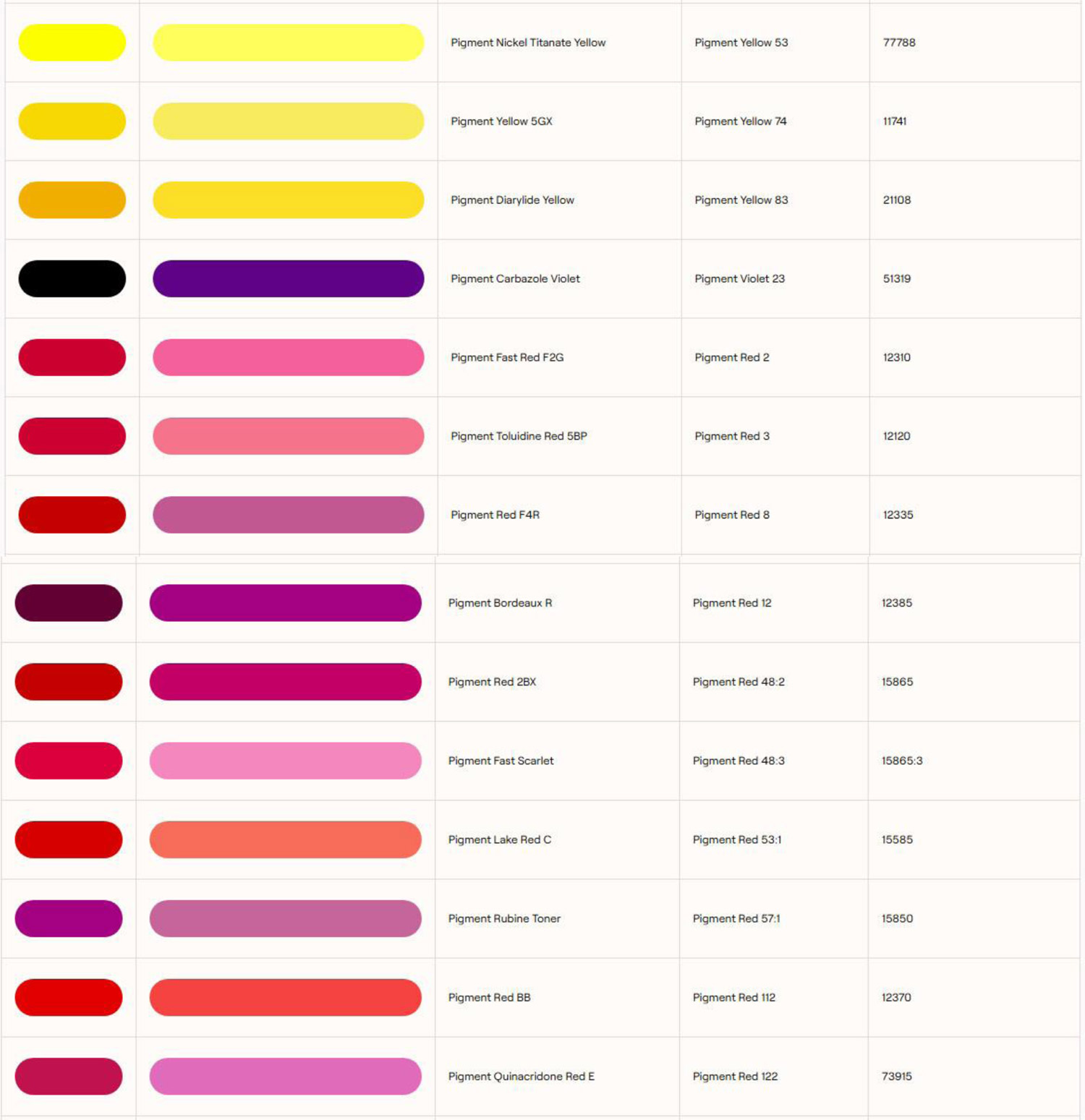
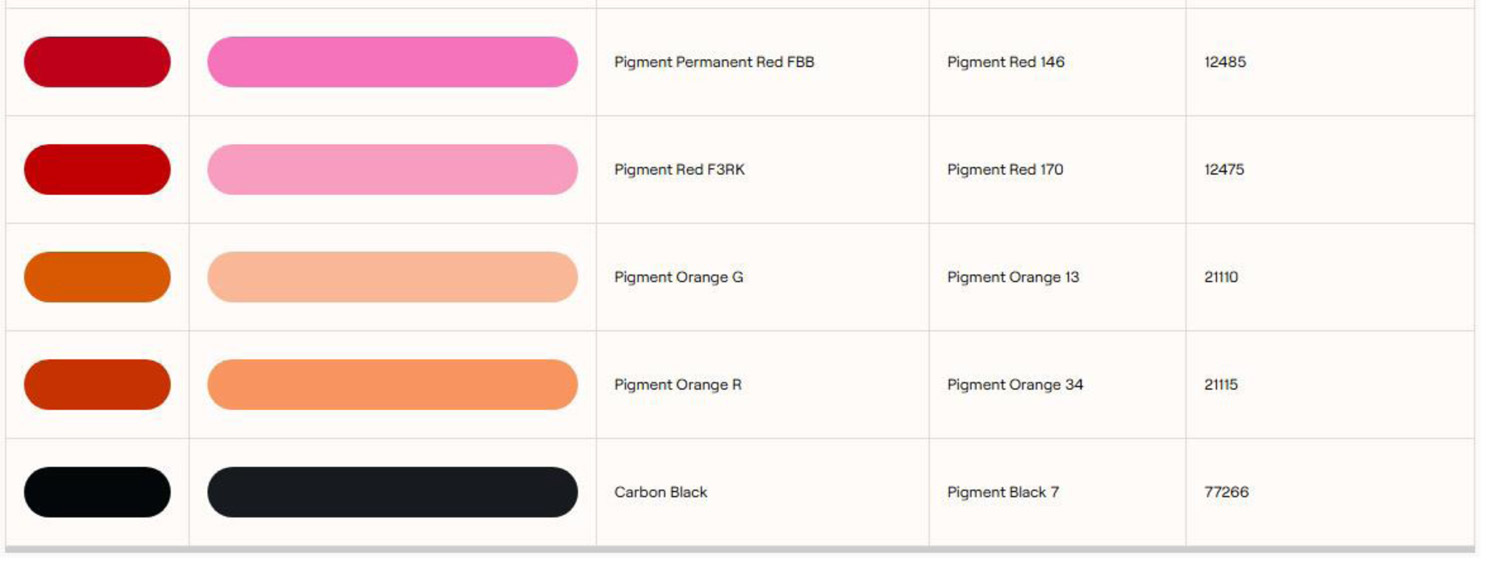

Color House offers high-quality solvent-soluble dyes for a wide range of applications, particularly in the ink and coating industries. Our solvent dyes are designed to dissolve readily in organic solvent systems, making them ideal for various applications.
Key Features of Our Solvent Dyes:
Our solvent dyes are perfect for adding vibrant color to plastics, textiles, and other materials, providing a wide range of color options and exceptional performance.
Titanium Dioxide: A Versatile Pigment
Color House offers three grades of high-quality Titanium Dioxide: Food, Rutile, and Anatase. This versatile pigment is widely used in various industries, including:
Each batch of our Titanium Dioxide undergoes rigorous quality control to ensure consistent quality and performance.
Wood Stain Dyes: Enhancing the Beauty of Wood
Wood stain dyes are used to enhance the natural beauty of wood while protecting it from damage. These dyes, made from high-quality natural substances, penetrate deep into the wood grain, providing rich, natural colors.
Key Benefits of Wood Stain Dyes:
Types of Wood Stain Dyes:
By selecting the right wood stain dye, you can transform ordinary wood into stunning, long-lasting pieces.
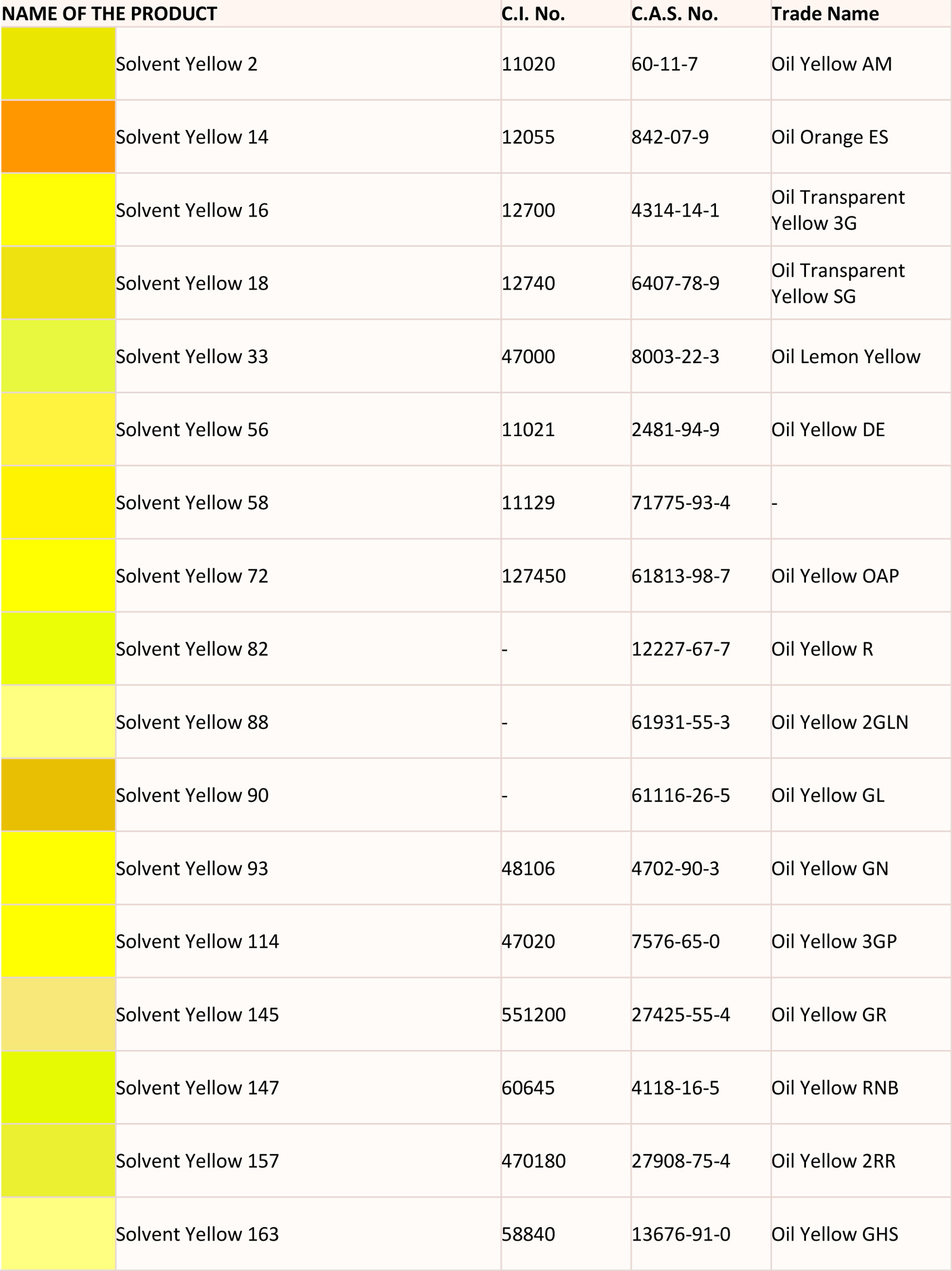
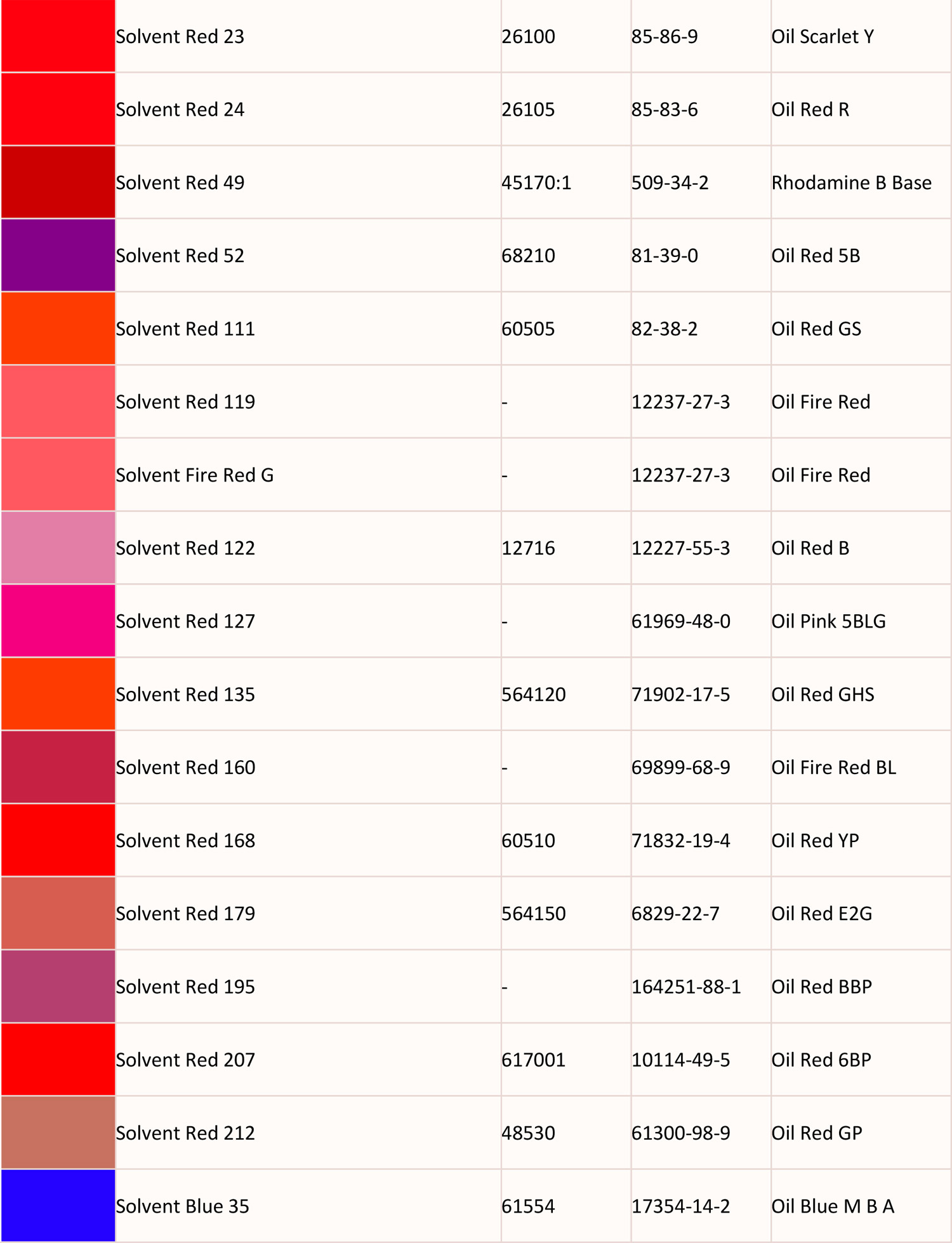
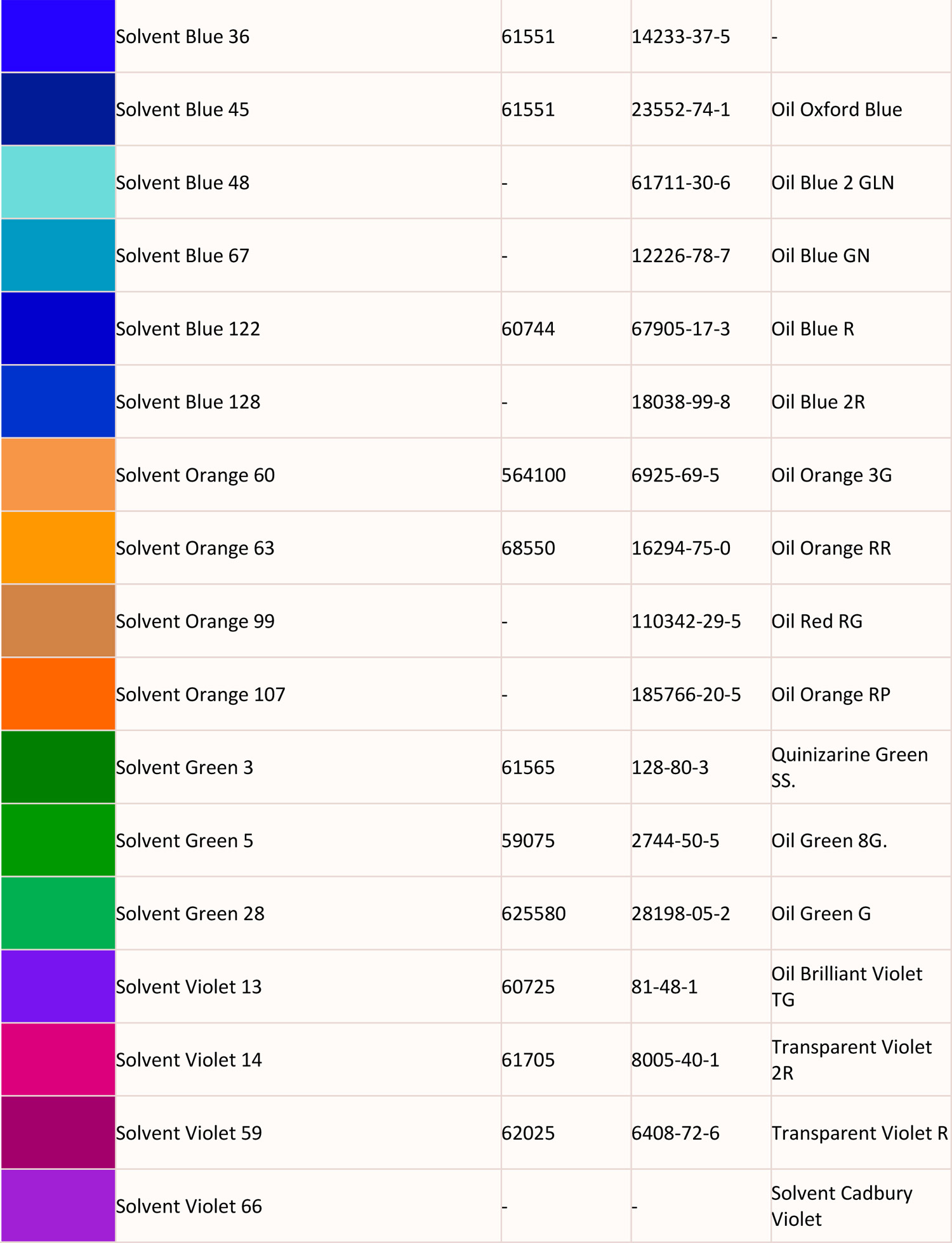
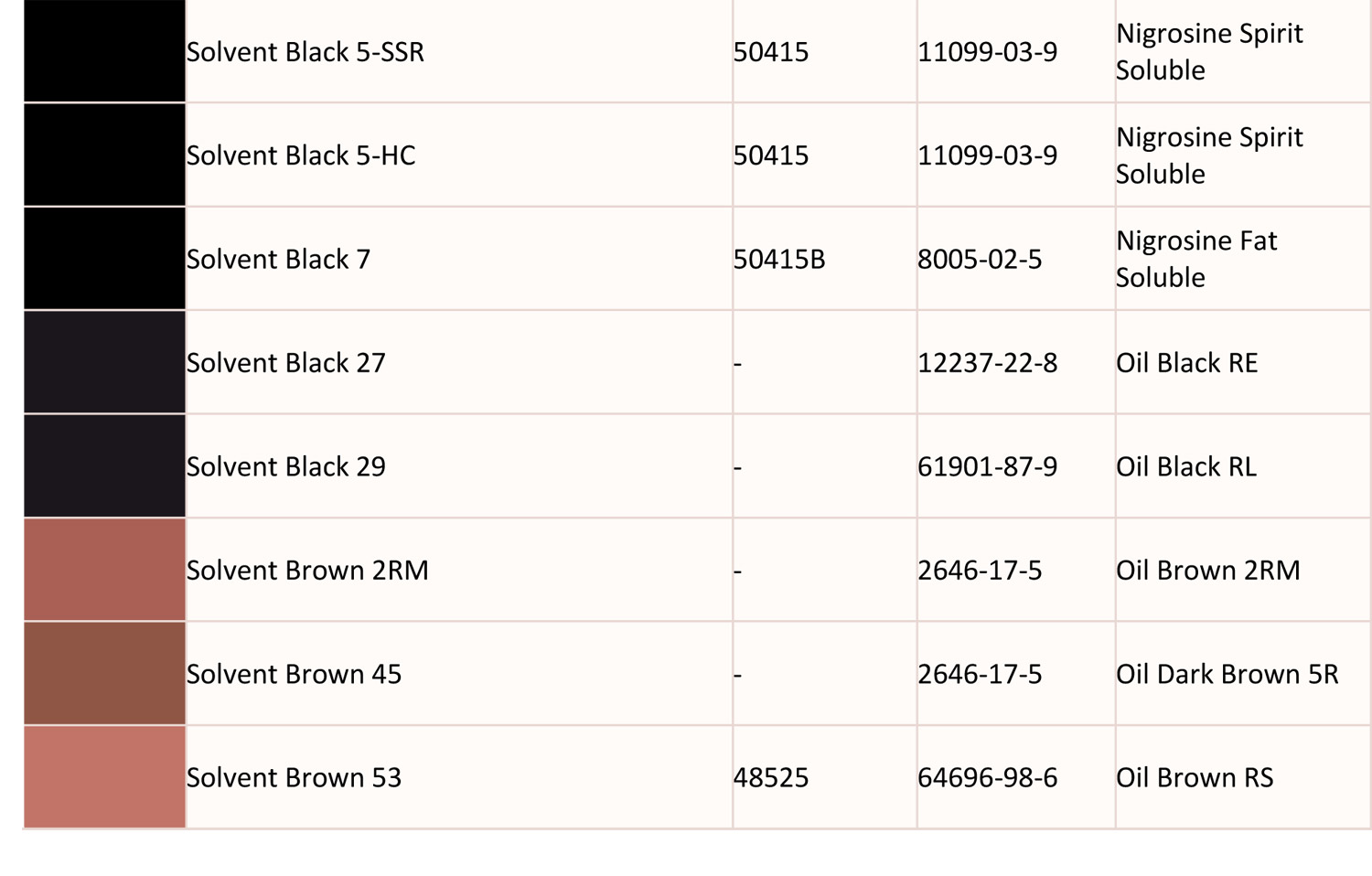

The information will be updated soon

The information will be updated soon

The information will be updated soon

The information will be updated soon

The information will be updated soon

The information will be updated soon

The information will be updated soon